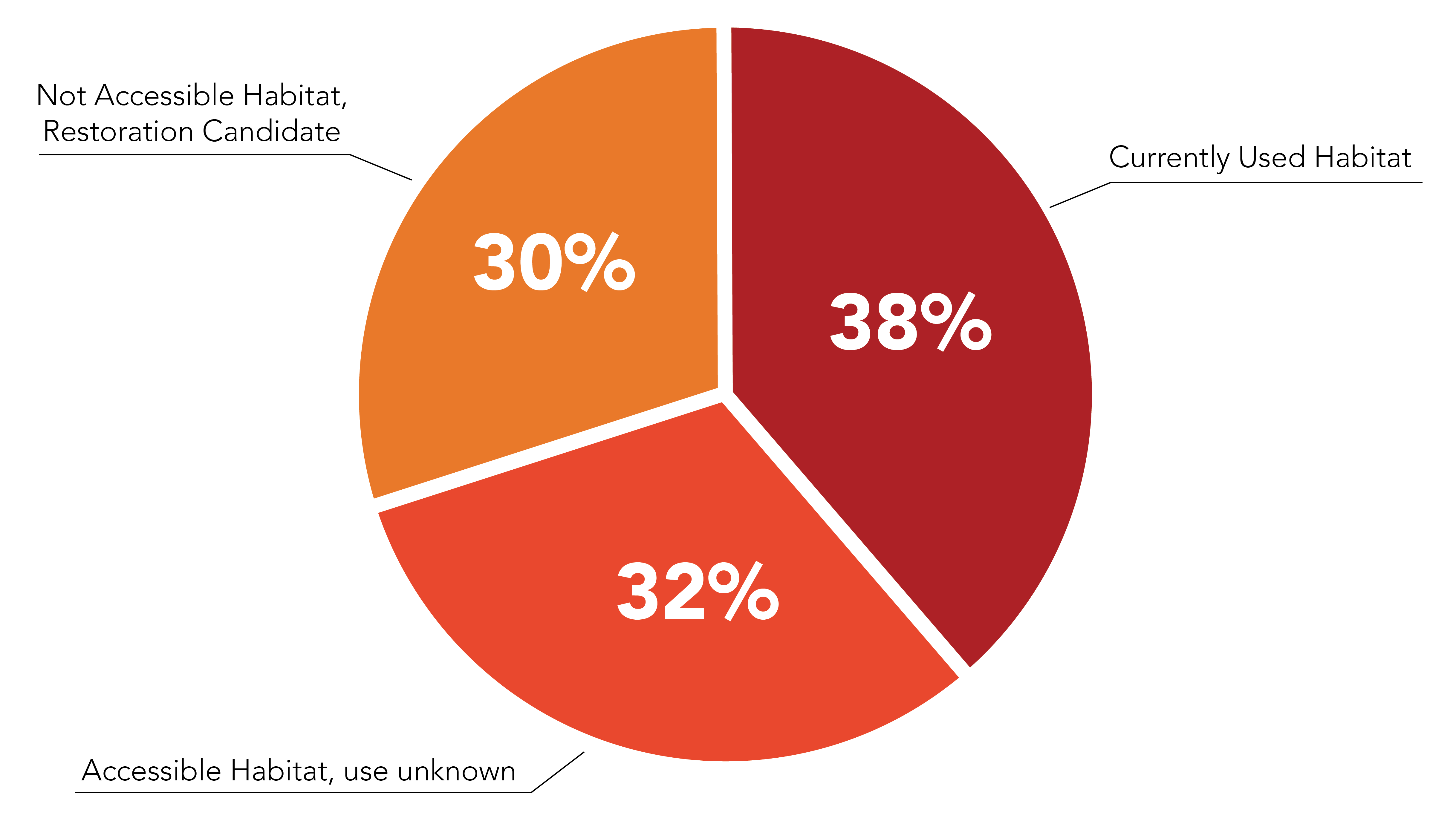
The Current Status
Once the most abundant Pacific salmon in this watershed, with numbers in the tens of thousands of fish, recent returns are less than 5% of their historic levels and have dipped below 110 individuals three times (avg. return = 800 fish). Recent data indicate that spring and summer runs of native kokanee are likely already extinct, with the winter/late run holding on only by a thread.
Kokanee salmon are an important cultural resource to local First Nation peoples. Before their decline, kokanee provided food and recreational resources to everybody who lived near the watershed. There was productive fishery at one point, but it has been closed since the mid-1980s.
Urbanization
King County's population has steadily increased from just 302 in 1860 to nearly 2 million in 2010. Of course, with this surge, the urbanization of Lake Sammamish Watershed has also skyrocketed. The photos to the right illustrate just how drastic this development change has impacted the area over the last century. Unfortunately, this rapid urbanization has resulted in the installation of undersized culverts that prevent fish passage, improper storm water management, impacted stream habitats, and disturbed riparian areas. These factors have contributed significantly to the decline in the amount and quality of stream habitat available to kokanee.


Habitat
The urbanization of the Lake Sammamish watershed has greatly reduced the spawning habitat available to returning adult fish. Kokanee distribution historically extended throughout most of the Lake Washington watershed, but this distribution is now limited to only Lake Sammamish and several of its tributary streams – less than 10% of its historic range. Of the estimated total historical habitat available in Lake Sammamish, only 38% (45,500 feet) is currently know to be utilized by kokanee. The remaining potential stream habitat (72,591 feet) is in need of further study and/or restoration.
Water Quality
Many of the tributaries and the lake itself are currently listed by the Washington State Department of Ecology as "impaired" for one (or a combination of) the following water quality parameters: water temperature, dissolved oxygen, sediment, bacteria, and PCB's. Impairment means that the state has classified the watercourse as polluted and has placed it on what is called their "303(d) list". The map to the right shows the listed water bodies (red) in the Lake Sammamish Watershed.

Restoration
Trout Unlimited and our community partners in the Lake Sammamish watershed have a plan for saving our kokanee salmon, but we need your help to advance this critical mission.